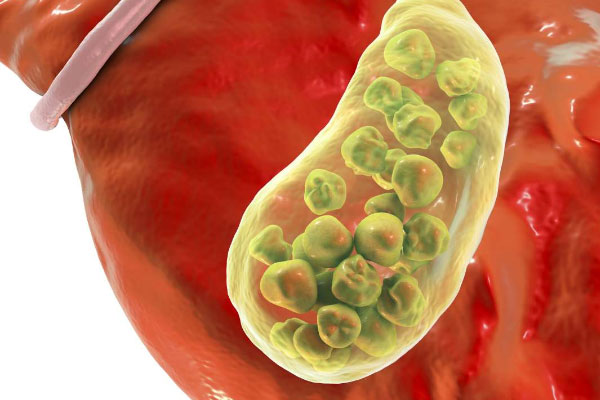Gallbladder Surgery
The gallbladder is an anatomical structure that is found beneath the liver. It is involved in various functions such as storage of bile and production of mucus. Bile is quite essential in the human body as it is used to emulsify the fats that are consumed in the diet; therefore it helps in the digestion and absorption of these fatty acids
